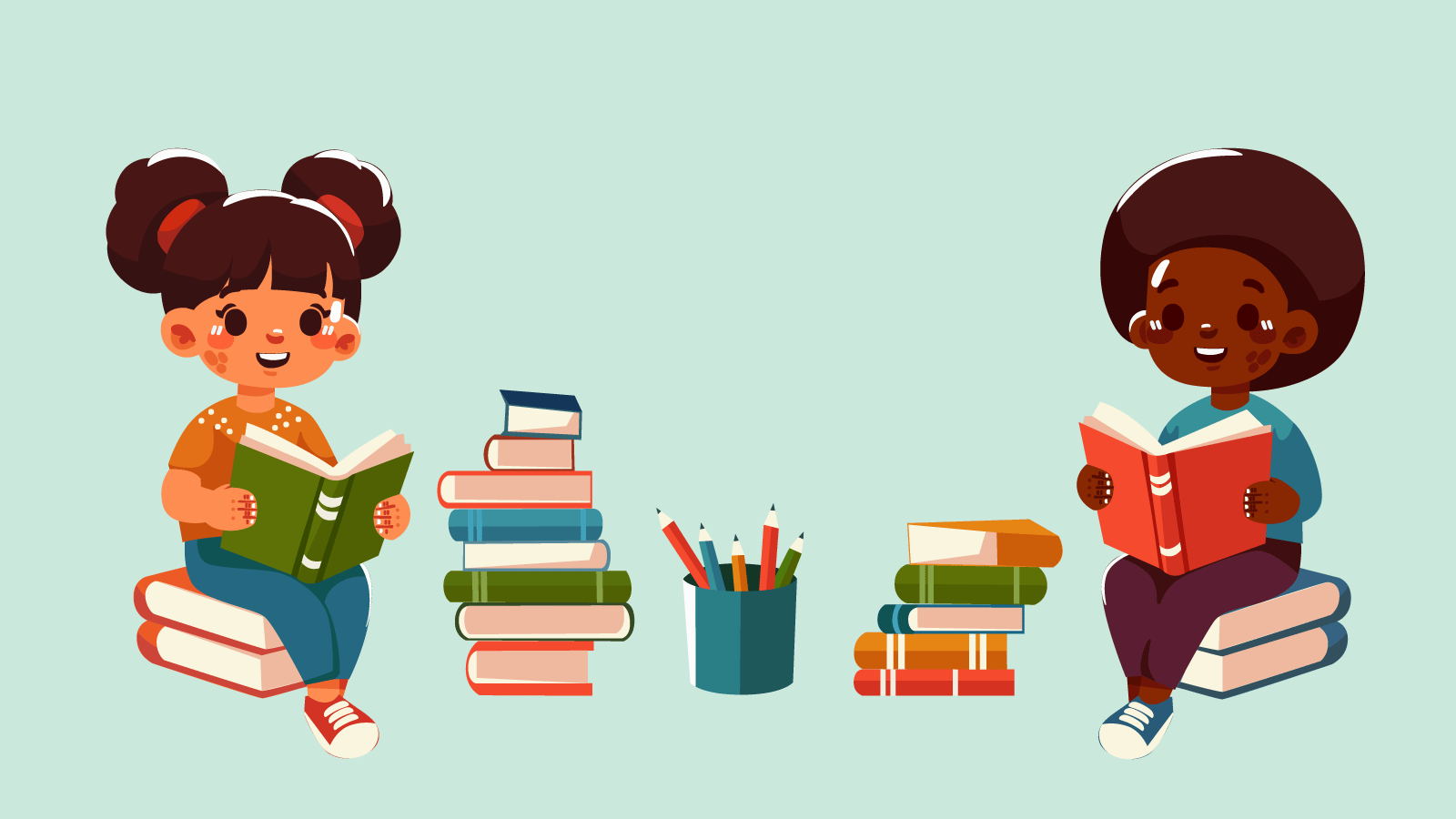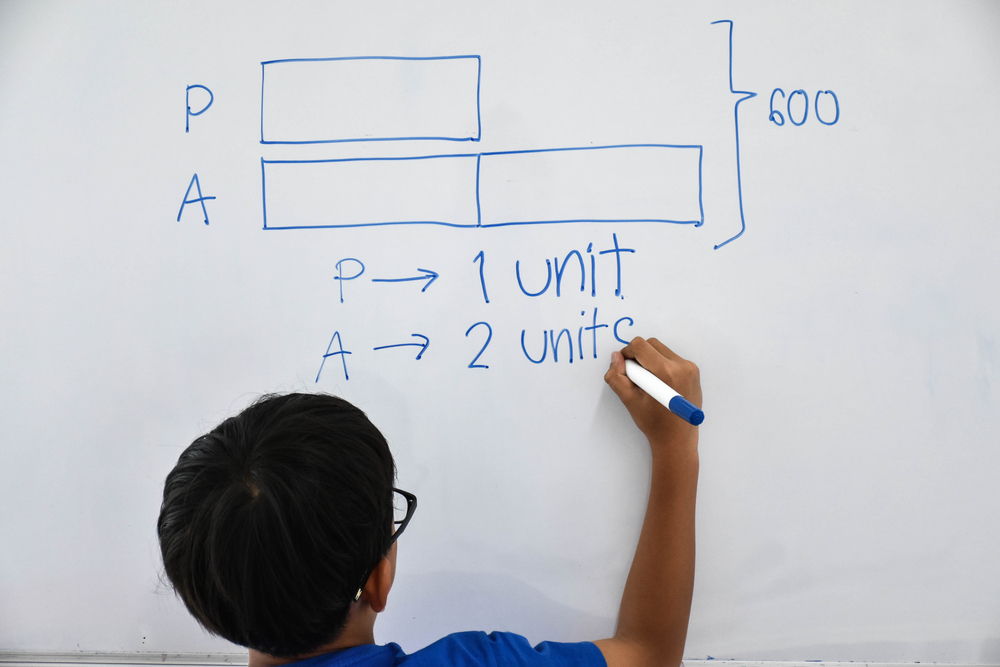Word Recognition Normal Reading Comprehension Worksheets for Ages 8-9
6 filtered results
-
From - To
Discover our engaging "Word Recognition Normal Reading Comprehension Worksheets" designed specifically for children ages 8-9. These worksheets enhance vocabulary and word identification skills through fun, interactive exercises. Ideal for enhancing reading fluency, each activity encourages students to analyze text and improve comprehension. Our resources cater to various learning styles, providing visually appealing formats and relatable content that captivate young readers' attention. Strengthen students’ understanding of language while fostering a love for reading. These worksheets are perfect for classroom activities or at-home practice, ensuring that children are equipped for academic success. Help your child become a confident, skilled reader today!
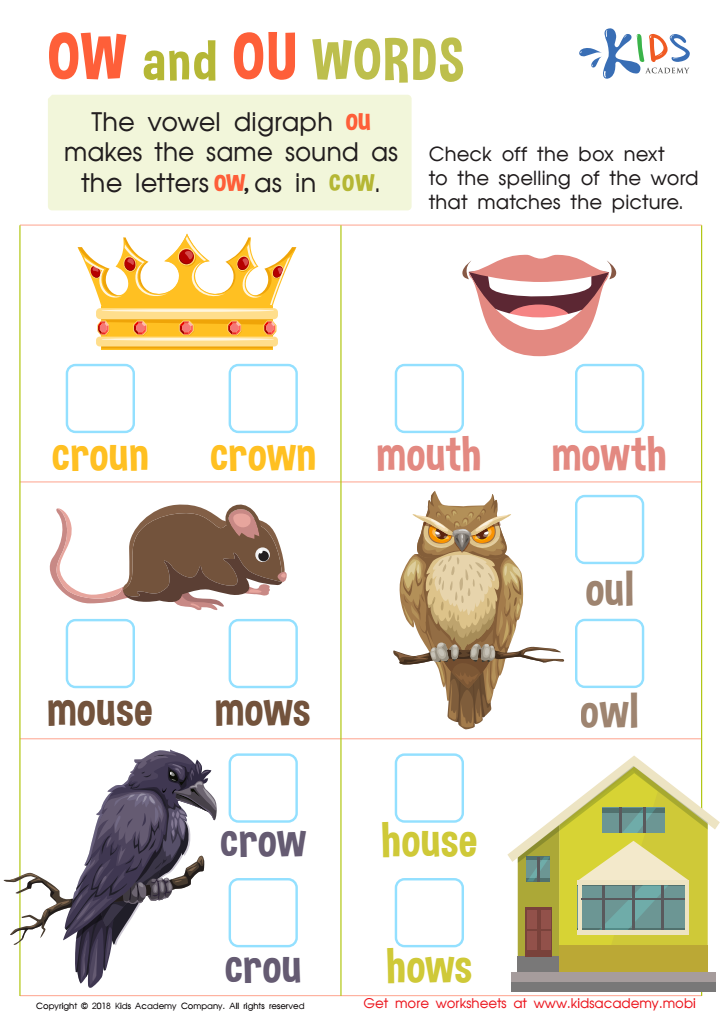

Reading: OW and OU Words Worksheet
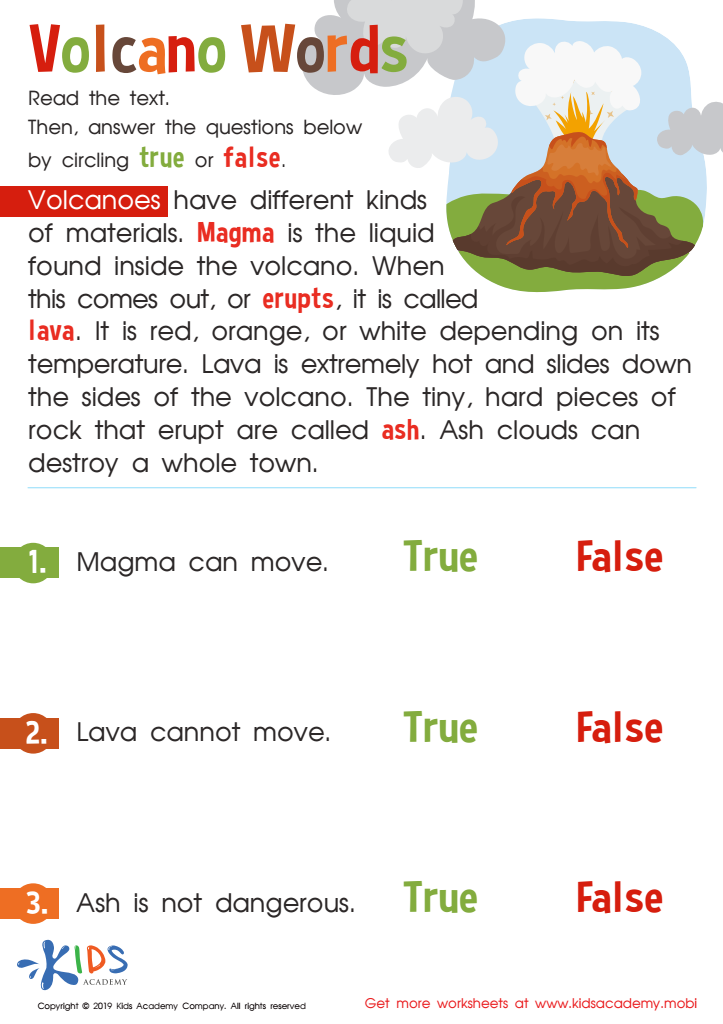

Volcano Words Worksheet


Medals: Al Spelling Worksheet
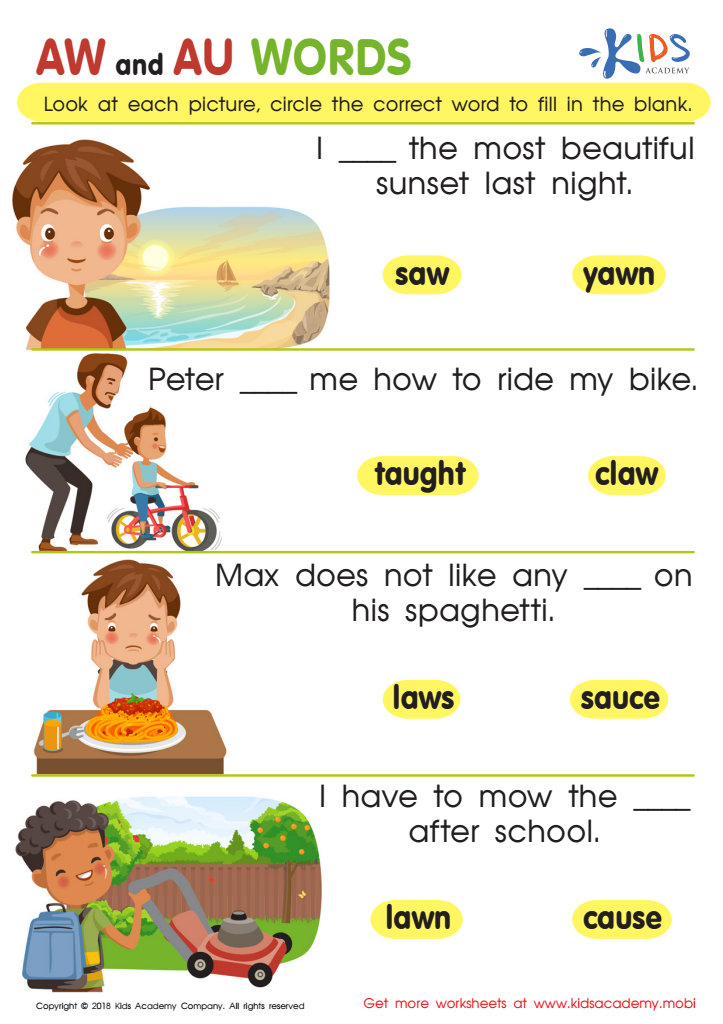

Reading: AW and AU Words Worksheet
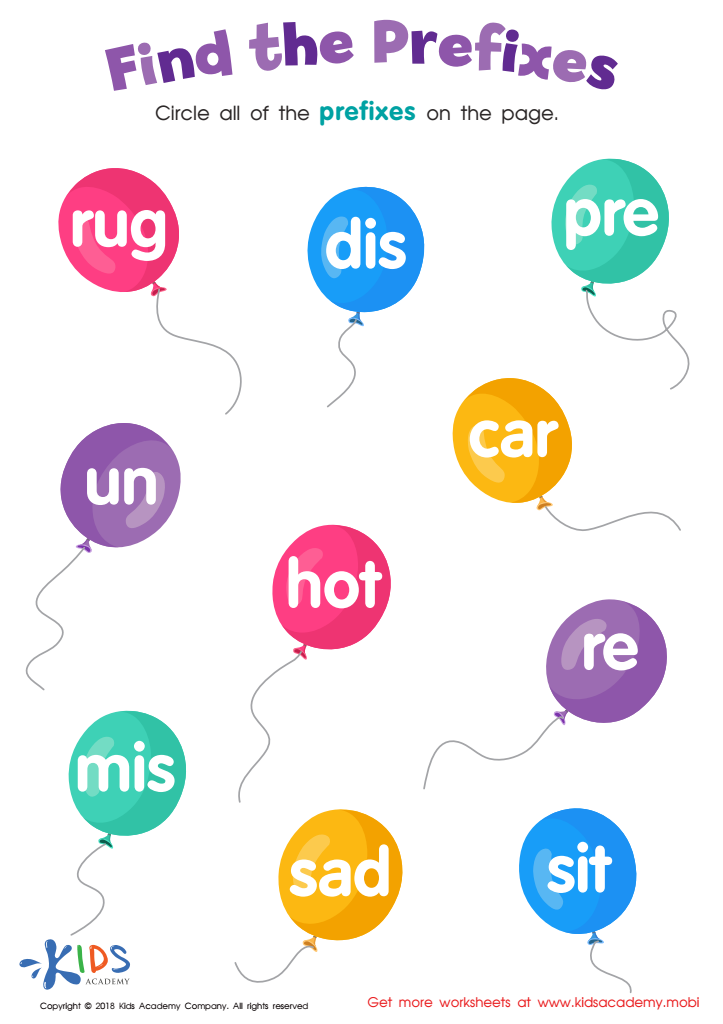

Reading: Find the Prefixes Worksheet
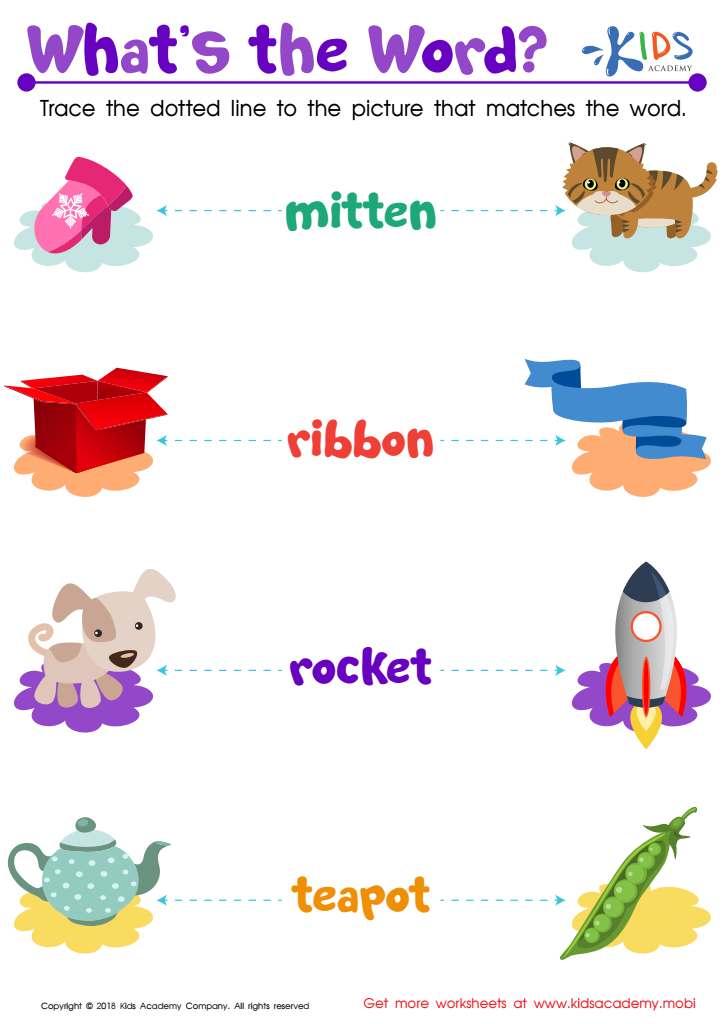

Reading: What's Word Worksheet
Word recognition is a crucial component of reading comprehension, particularly for children aged 8-9, who are transitioning from learning to read to reading to learn. At this age, students begin to encounter more complex texts and content area material. Mastering word recognition allows them to identify words swiftly and accurately, which in turn frees up cognitive resources for comprehension. When children spend less time decoding words, they can focus on understanding the meaning of the text, drawing connections, and engaging critically with what they've read.
Parents and teachers should care about these skills because they form the foundation for a child’s future academic success. Proficient word recognition enhances confidence and encourages a love for reading, fostering lifelong learning habits. Additionally, challenges in this area can lead to frustration and disengagement with reading, potentially impacting overall academic performance.
Effective support—through targeted interventions, rich reading experiences, and frequent discussions about texts—can boost these skills. By prioritizing word recognition, adults can help children build essential literacy skills that contribute not only to academic achievement but also to their overall cognitive development and socio-emotional well-being. Encouraging positive reading experiences now will set the stage for richer learning opportunities in the years to come.
 Assign to My Students
Assign to My Students







